Search
Did you mean: Pompey?
Remove Ads
Advertisement
Summary 
Loading AI-generated summary based on World History Encyclopedia articles ...
Search Results
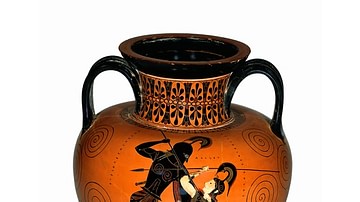
Definition
Pottery in Antiquity
Pottery is the first synthetic material ever created by humans. The term refers to objects made of clay that have been fashioned into the desired shape, dried, and either fired or baked to fix their form. Due to its abundance and durability...
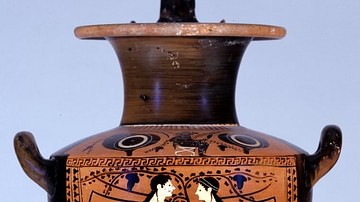
Definition
Ancient Greek Pottery
Greek pottery has four main types: Geometric, Corinthian, Athenian Black-figure, and Athenian red-figure pottery. Pottery vessels were made for everyday use such as the two-handled amphora for storage, the single-stem kylix cup for drinking...
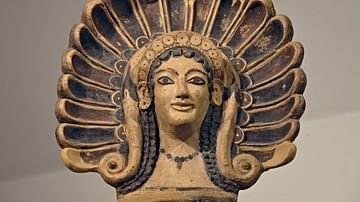
Definition
Etruscan Pottery
Etruscan pottery, produced over five centuries, was nothing if not varied. Indigenous wares such as the glossy black bucchero were made alongside red- and black-figure pottery imitating, yet modifying those produced in the Greek world. Geometric...
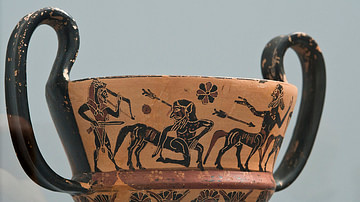
Collection
Pottery Through History
Pottery is the great survivor of history. Pottery vessels have rarely ever attracted tomb robbers and the material can not be reused like bronze or gold. Even if smashed to pieces, pots can be painstakingly put back together again and clay...
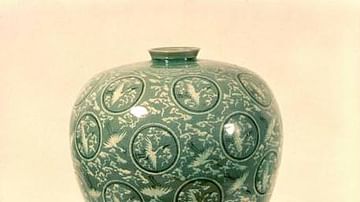
Definition
Korean Pottery
The pottery of ancient Korea stretches back to prehistory when simple brown wares were made and decorated with geometrical incisions. Potters would benefit from the ideas and techniques of their Chinese counterparts and go on to produce their...
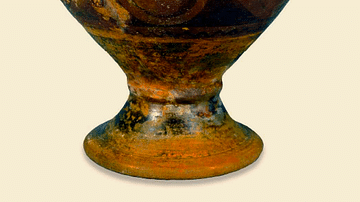
Definition
Ancient Celtic Pottery
The pottery of the ancient Celts, although produced over great distances in space and time, shares several common features no matter where it was made, illustrating that there was contact between people living as far apart as Brittany and...

Definition
Black Figure Pottery
Black figure pottery is a type of Greek pottery named after the colour of the scenes painted on vessels. It was first produced in Corinth c. 700 BCE and then adopted by pottery painters in Attica, where it would become the dominant decorative...
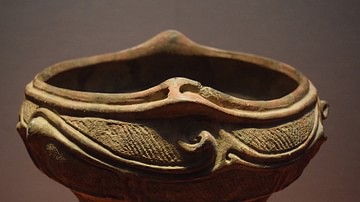
Definition
Jomon Pottery
The Jomon Period (c. 14,500 - c. 300 BCE) of ancient Japan produced a distinctive pottery which distinguishes it from the earlier Paleolithic Age. Jomon pottery vessels are the oldest in the world and their impressed decoration, which resembles...

Definition
Red-Figure Pottery
Red-figure Pottery is a style of Greek vase painting invented in Athens c. 530 BCE. The style has drawn red figures and a painted black background. Red-Figure Pottery grew in popularity, and by the early 5th century BCE it had all but replaced...
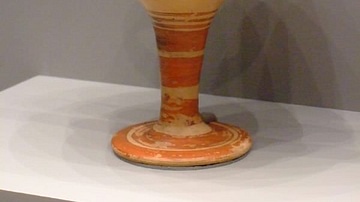
Article
Mycenaean Pottery
The pottery of the Mycenaean civilization (1550-1050 BCE), although heavily influenced by the earlier Minoans based on Crete, nevertheless, added new pottery shapes to the existing range and achieved its own distinctive decorative style which...